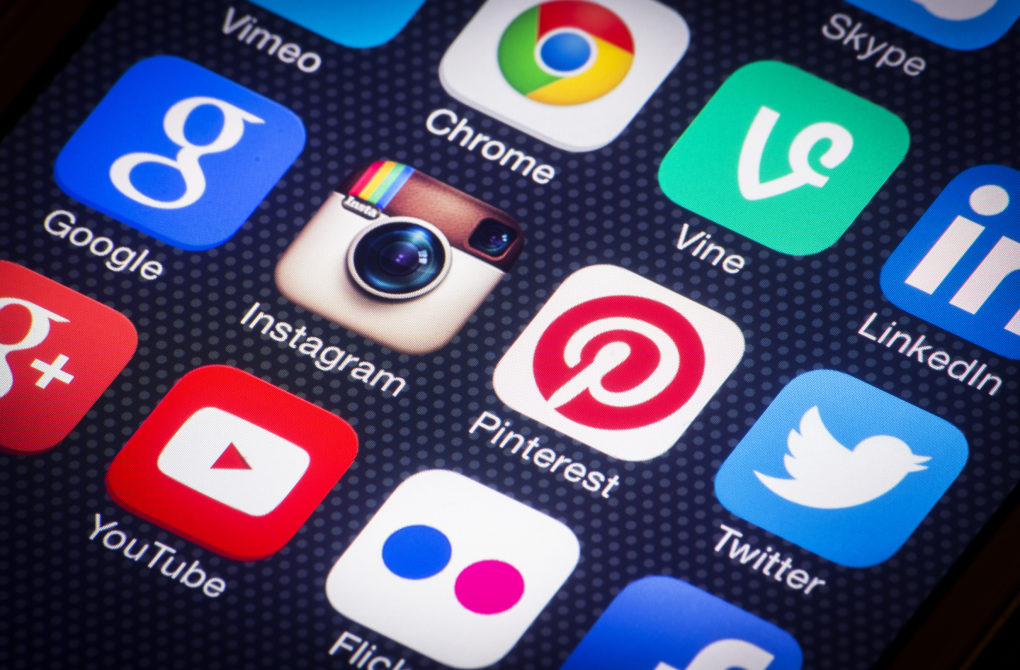
Updated on Dec 23, 2019
Editor’s note: You may have missed this article when we first published it last Christmas. We’re publishing this update because most of us haven’t gotten better at reducing the time we spend in front of screens. In fact, research shows that we’ve gotten worse. The frequency with which young people check their phones, for example, has increased. We’ve updated the stats in the article to reflect these changes and included suggestions to rest your mind and consider adopting smart feature phones that might provide welcome relief to those who’d like to limit their use of smartphones, if only during the holidays. We wish everyone a year of increased connection – and not just of the technological kind!
As we approach the start of a new year, the topic of resolutions (predictably) starts coming up more and more in conversation. Alongside new gym memberships and healthy meal plans, going on a digital detox – i.e., spending less time in front of screens – has also become a popular intention for the year ahead.
Pew research indicates approximately 81 percent of U.S. adults own a smartphone, and recent findings from Statista suggest the average smartphone owner checks their device around 47 times per day. It gets even more intense for users aged 18 – 24, who check their devices 86 times per day in average! Further, nearly half of all users have tried to limit their phone usage, but only 30 percent were able to do so successfully. Of course, smartphone usage varies based on age, race, and geographical location, but among the many people with a smart device at their disposal, it is clear that awareness around digital dependence is growing.

Unfortunately, awareness and actually making the first move to limit one’s connectedness are two different things. After all, most people with a smartphone justify their usage by saying they need it for business or school, to get their news, and to stay in touch with friends and family, which can all be argued to be necessities. But these people likely don’t realize just how much time and focus these “necessities” take away from everything else.
In pursuit of a solution, smartphone companies have started sharing daily and weekly usage reports with consumers and offer controls that limit functionality and alerts for specific periods to discourage prolonged scrolling sessions. Even so, it’s hard to step away from hyper-connectivity when that sleek little portal to the rest of the world glows and vibrates quietly on the coffee table.
While there’s no way to keep from reaching for a smartphone without getting rid of it entirely, small changes can limit dependence and make a big difference. Some suggestions below.
Give activities, tasks, or hobbies your undivided attention

Multitasking doesn’t mean you’re effectively completing several tasks at once; it means you’re doing multiple things at the same time with less effort and attention than they deserve. When engaging in an activity, give it your undivided attention and don’t let your phone, social media, or work email distract you from the task at hand. The ability to commit 100 percent of your focus to an activity will inevitably help reduce your smartphone usage because most of life is taking place in the real world, not in an app.
Rest your mind like you rest your body

Toiling away in front of a screen for hours on end has become the norm for most adults today, but just as our bodies need rest after a workout, our minds need a break from marathon screen sessions. The brain can hold focus for only 60 – 90 minutes at a time, which means it’s time to take more steps away from the laptop or tablet to allow for a calming reset. In other words, leave the smartphone behind when you go for a walk or catch up with a colleague.
Keep your digital doses light

You know that subtle ache that starts behind the eyes, then intensifies as it wraps around the back of your head and flows to the base of your skull? The one that you can’t seem to avoid when you’ve spent all day in front of a computer? That’s your body saying “No more screens, thank you. I’ve had enough.” We’ve been trained to ignore these signals, but for those looking to limit their digital exposure, it’s time to start paying attention. Whether you’re wrapping up a proposal for a new client or bingeing the latest Netflix show, be mindful of the amount of time you spend staring at screens and how it makes you feel.
Consider a companion phone

While adding another phone to your digital portfolio may seem counterintuitive, a smart feature phone can actually help reduce the amount of time you spend in front of the screen. Instead of having to consider which notifications to mute, and which apps to ignore with iron willpower, you leave your smartphone at home and grab your companion device when you head out the door in the evening.
Such a phone are loaded with just the relevant and essential apps you need (here’s the list of apps), so you won’t be distracted when you meet friends in the evening or spend time with family on the weekend.
If you’re interested in exploring the idea of a companion phone, there are a few newly launched KaiOS-powered models to choose from that more than meet your basic needs. The Nokia 2720 Flip and the Alcatel Go Flip 3 are favorites for their retro charm. The Nokia 800 Tough is known for its near indestructibility, so it’s a popular choice for those who enjoy spending time in nature. You can communicate on all of these devices – by calling, texting, whatsapping – as well as use email, get directions, and listen to music. And since they all support Google Assistant, you don’t need to adjust to keyboard typing; just voice your commands and messages.
The simple act of being more mindful of your mobile usage can help bring about positive change in all aspects of your life, and these tips can help guide you in the right direction in 2020. Happy new year!
Please let us know what you think about the article. Follow us on Twitter, Facebook, and LinkedIn to stay up to date with us.